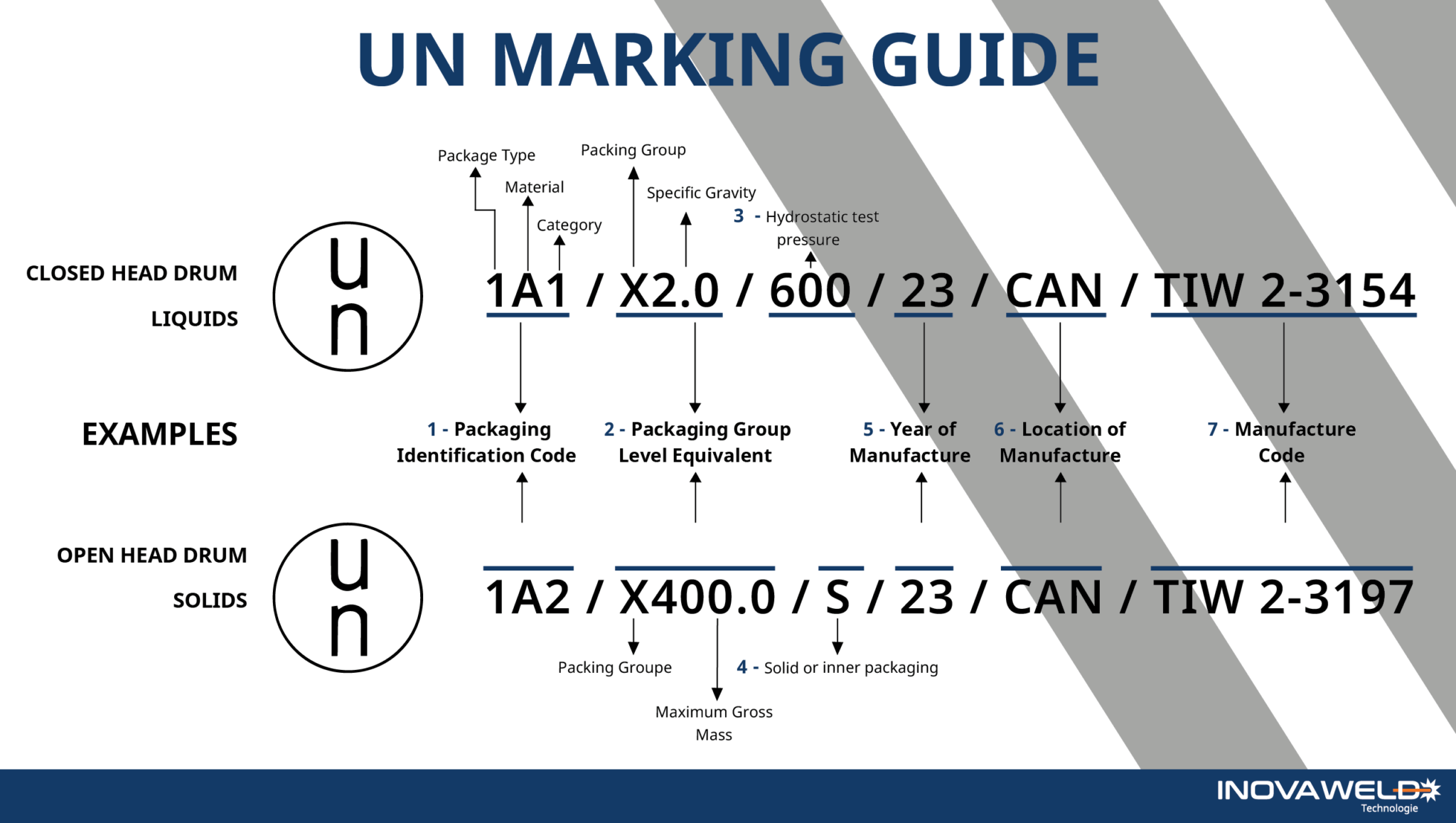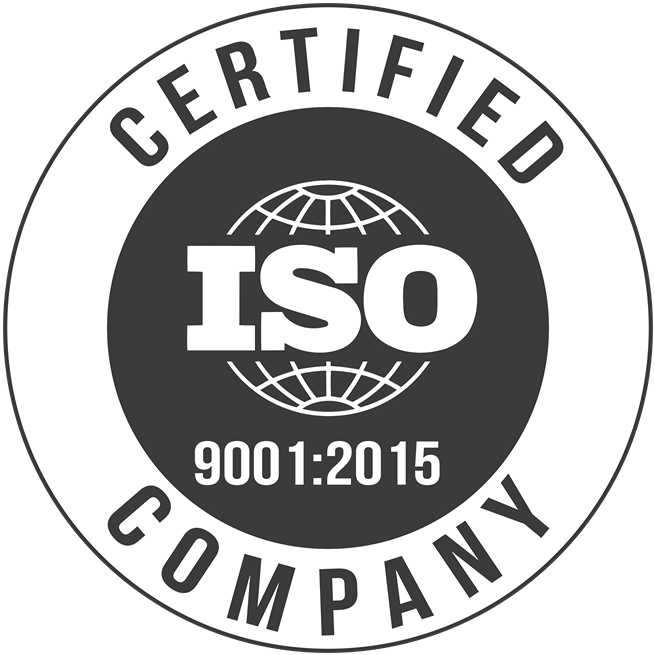Did you know...
UN accreditation
The codes
UN classifications appear on industrial packaging as a long series of letters, numbers and symbols. This marking is permanent and the UN classification explains what materials or substances the barrel is certified to transport. For an industrial storage barrel, for example, the classifications refer to the following:

Packaging identification code
Package Type
1 – Drums/pails
2 – Barrels
3 – Jerricans
4 – Boxes
5 – Bags
6 – Composite packaging
7 – Pressure Receptical
Material
A – Steel
B – Aluminium
C – Natural Wood
D – Plywood
E – Reconstitued Wood
F – Fiberboard
Category
For Drums
1 – Closed Head
2 – Open Head
Packaging Group Level Equivalent
Specific Gravity vs Maximum Gross Mass
Gross Mass for Solids – The mark will include the maximum gross mass (kilograms) that the package can weigh when filled (packaging plus its contents).
Specific Gravity for Liquids – The mark will contain the maximum specific gravity allowable for that packaging.
Packaging Group
X = Packing Group I (Highest Degree of Danger)
Y = Packing Group II (Medium Degree of Danger)
Z = Packing Group III (Lowest Degree of Danger)
Solid Packaging
Solids – If intended to contain solids or combination packagings for all materials, the mark will include a capital “S”.
Hydrostatic Pressure
Liquids – For liquid hazardous materials in single or composite packagings, the mark will contain the hydrostatic pressure the container was tested to; the hydrostatic pressure should be included in kPa (kilopascals) rounded down to the nearest 10 kPa.
Year of manufacture
The marking must indicate the last two digits of the year of manufacture.
Location of manufacture
The symbol of the country where the manufacturing took place must be listed in the mark. CAN stands for CANADA.
Manufacture code
The identification of the party who is certifying that the packaging meets all of the required testing must be included in the mark. TIW stands for Technologie Inovaweld’s registration code.
UN accreditation
The tests carried out
To obtain UN certification, each product must pass very rigorous testing. Here are some basic tests:
Drop test
This test involves dropping a barrel in free fall from all sides (top, bottom, side, corner, etc.). All deformations and leaks are noted.
Stacking Test
This test consists of determining the compressive strength of a barrel under constant weight for a period of time.
Pressure test
This test determines the maximum internal pressure that the barrel can experience. The barrel is filled with water to capacity and maintains constant pressure for few minutes.



